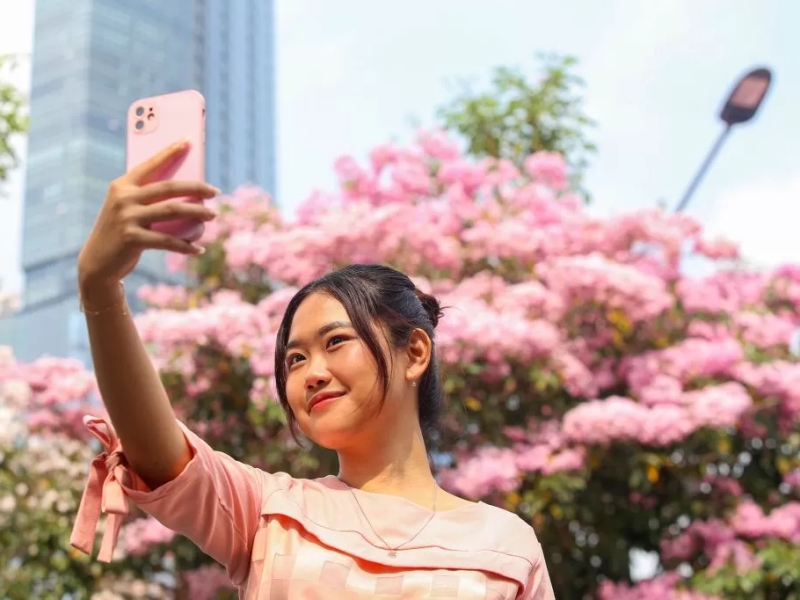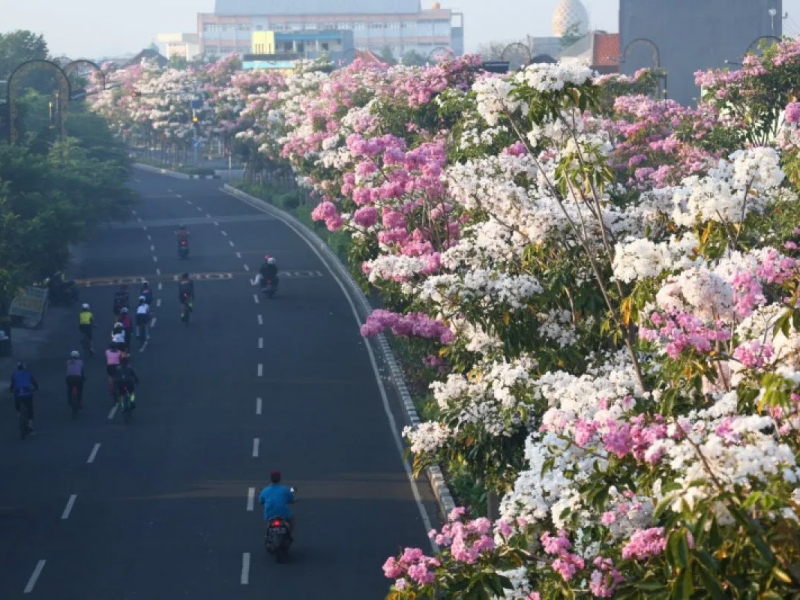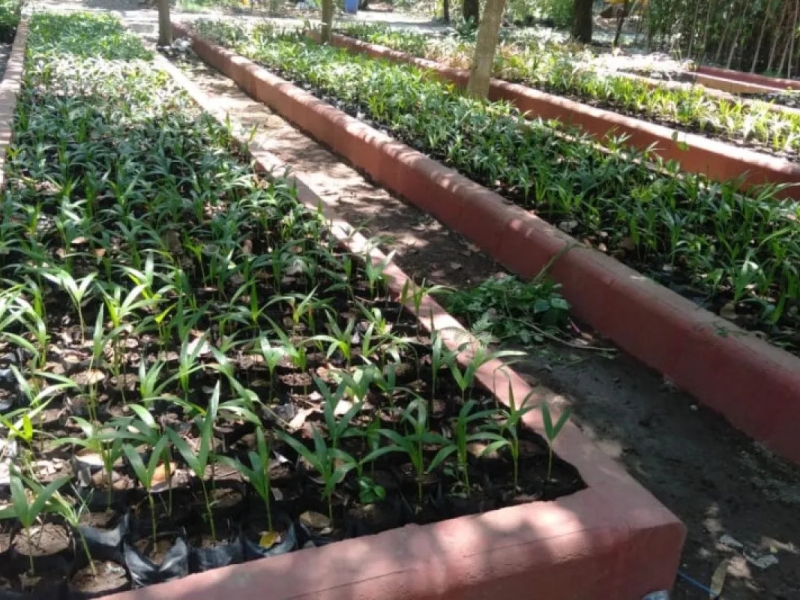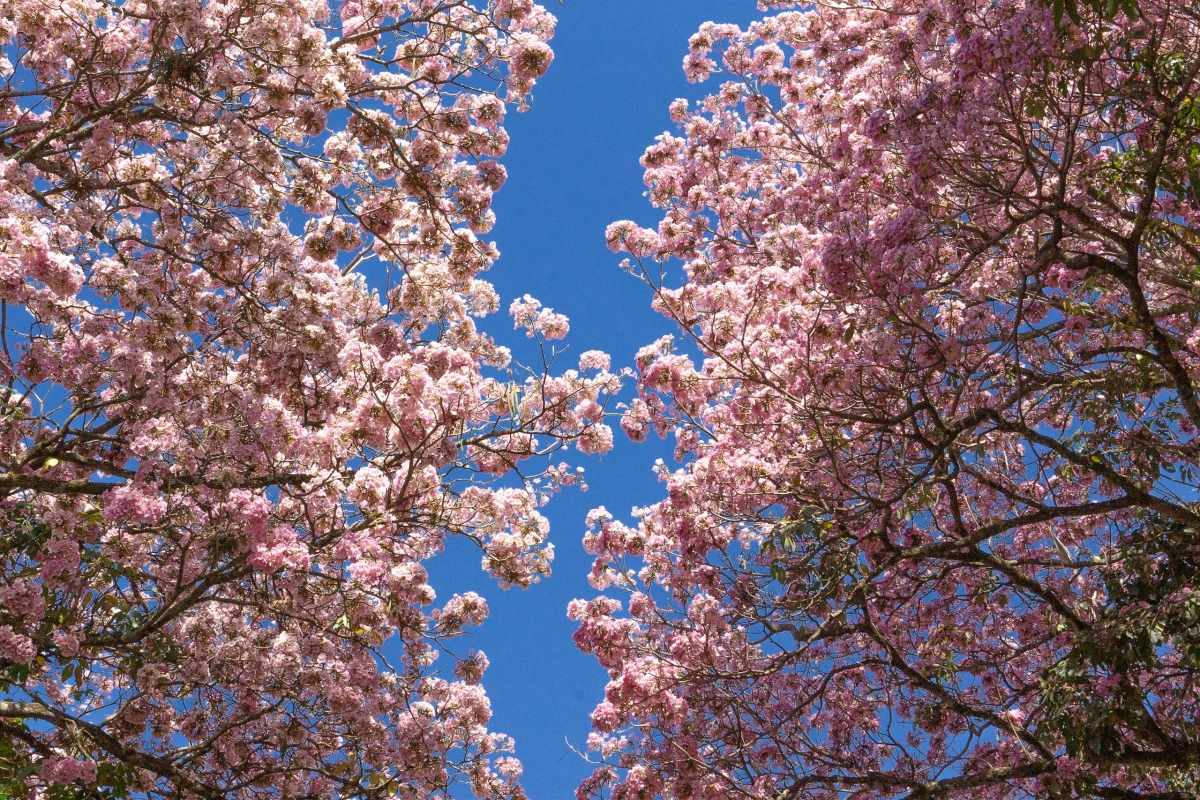The astonishing “tabebuya” flowers are back in bloom this October, transforming the city into a picturesque scene reminiscent of Japan's cherry blossom season. Locals and tourists eagerly anticipate this stunning display, which signals the shift from dry to rainy season. With trees lining major roads, it's the perfect time to explore Surabaya’s hidden beauty under a canopy of pastel blossoms.
Surabaya’s Streets Awaken with Tabebuya Blossoms

Nature's Resilience in Enhancing Cityscapes
In Surabaya, tabebuya trees are more than just a seasonal spectacle, they are a reflection of the city’s environmental efforts. Initially introduced by former mayor Tri Rismaharini, the trees were part of a broader initiative to rejuvenate the city’s green spaces. Today, thousands of tabebuya trees, in hues of yellow, white, and pink, grace Surabaya’s streets, contributing not only to its beauty but also to its ecological health.
The tabebuya’s adaptability makes it an ideal choice for Surabaya’s urban landscape. Its deep roots are non-invasive, protecting city infrastructure while stabilizing the soil, and its drought tolerance ensures it thrives in the city’s tropical climate. Though its blossoms may shed quickly, tabebuyas are remarkably resilient, withstanding a variety of soil conditions, making them a low-maintenance choice for enhancing green spaces. Additionally, the trees provide shade and help cool down the urban environment, improving the overall quality of life for residents.

Greening Initiatives Make Urban Areas More Inviting
Beyond their aesthetic appeal, the blooming tabebuya trees also serve a practical purpose, offering a natural habitat for local wildlife. The city government has strategically planted these trees along major roads such as Jalan A. Yani, Jalan Tunjungan, and Jalan Mayjen Sungkono, turning them into popular photo spots for both residents and tourists. These areas have become Instagram-worthy destinations, attracting more visitors during the blooming season.
While many may marvel at the beauty of these trees, few realize that the city has been cultivating tabebuya since 2010. The seeds are harvested and grown at Surabaya’s Kebun Bibit Wonorejo (Wonorejo Seed Garden), with each tree taking about five years to mature before it’s planted along the city's streets. This long-term commitment ensures the city remains green and radiant for years to come.

For locals and visitors alike, the tabebuya season is not only a visual treat but also a reminder of Surabaya’s dedication to preserving its environment while enhancing the city’s magnetism. With trees blooming twice a year, in April and October, it offers ample opportunities to witness this colorful transformation. As tabebuya trees have become a defining characteristic of Surabaya, local authorities remain committed to increasing their numbers, ensuring the city's vibrant beauty continues to flourish for generations to come.




 Alicia Putri
Alicia Putri
 Oct 17, 2024
Oct 17, 2024